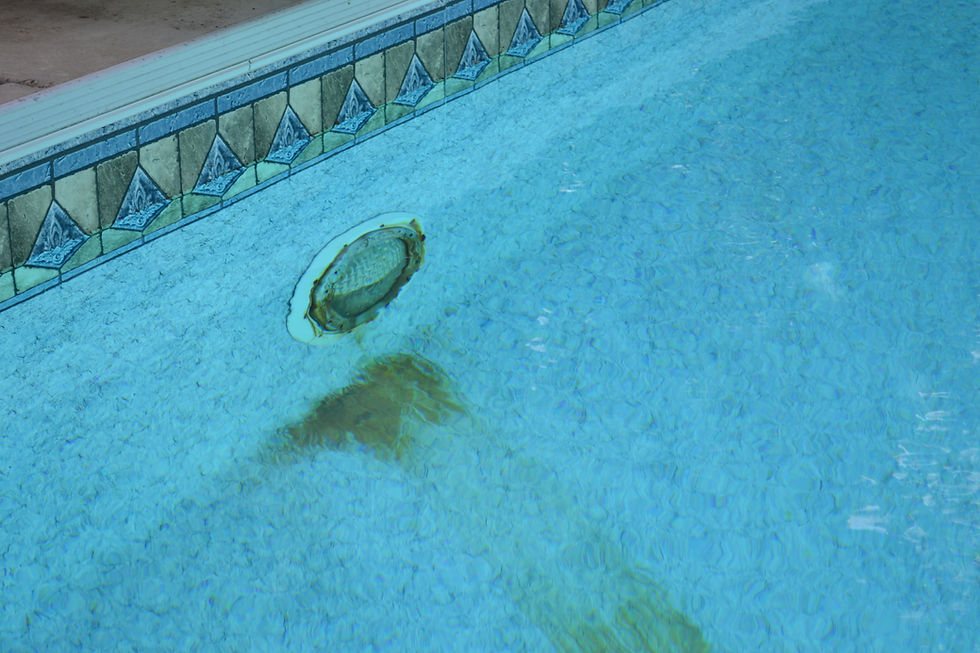"Chlorine" Shortage: The Problem With Convenience
- Angie's Pool & Spa, Inc.

- May 18, 2021
- 3 min read
What is right is often forgotten by what is convenient. - Bodie Thoene

First and foremost, we are not against the tablet form of sanitation. Our only issue is how much tablets have been abused since appearing on the market in the early ’70s. Before that time, two forms of sanitation were used to treat backyard pools. Liquid sodium hypochlorite (liquid chlorine/bleach) and calcium hypochlorite (cal-hypo).
While these two forms of hypochlorites were popular in backyard pools, they had one downfall. They were inconvenient. Both forms of liquid sodium hypochlorite and calcium hypochlorite were unstabilized. As a result, free chlorine residuals didn’t last very long in the summer sun. On a hot sunny day, nearly all the chlorine from liquid sodium hypochlorite could be destroyed in less than 4 hours. While the solution was the production of cyanuric acid (stabilizer, aka chlorine’s sunscreen) by Monsanto in 1956, it was still not convenient enough.
Then came along the solution everyone was craving—a solid tablet of stabilized chlorine (tri-chlor). The tri-chlor tablets could be added to a chemical feeder (chlorinator) or floating container. Finally, there was a convenient way for modern-day pool owners to maintain chlorine levels. As this became the new way, liquid chlorine and powder hypo’s became a thing of the past. Only used as a backup when needing a boost or treating algae.
During the next few years, the industry began to notice something was going on beneath the surface. Experts found that higher CYA levels could lock up the effectiveness of your chlorine, thus making it harder for chlorine to sanitize your pool. And most importantly, destroying harmful bacteria and contaminants in your pool water.
Not only that, pool owners started running their pools solely off tablets. Filling the chlorinators to the top and keeping it on full speed all summer long. Then they would wonder why the following issues arise:
A drastic dip in pH level; resulting in corrosive water and skin/eye irritations
Unsafe climb in Stabilizer levels; causing little to no sanitation and combined (inactive) chlorine
Wrinkling of pool liners
Corrosion of pool surfaces, equipment, and metal fittings
“Why is this happening?” The answer: the overuse of tri-chlor tablets. These tablets are made up of highly concentrated chlorine and cyanuric acid. When solely relied on as the only chlorine treatment for your pool, you will experience the issues listed above.
That is why this crisis is a blessing to homeowners and pool professionals. It is a learning opportunity to teach pool owners the simple and purest sanitation method you can do. Sodium hypochlorite (liquid chlorine) should be added weekly to your pool as a frequent shock treatment. One gallon of 12.5% liquid chlorine will raise a 10,000-gallon pool’s free chlorine level to 1ppm. To effectively keep your pool clean and clear, we recommend keeping your free chlorine levels 2ppm-4ppm.
This method may take time to get used to and tedious, but you won’t have to worry about the shortage of tablets anymore. And when they do come back, you’ll know how to properly use them along with a weekly shock of liquid chlorine or powder chlorine. Overall this shortage will help you save money and learn how to prolong the life of your pool.
Our final advice is simple: test your chlorine levels every other day, especially while it’s hot and regularly used. Also, bring your water test in to be analyzed by your pool professionals every week to help stay on top of your water chemistry.




Comments